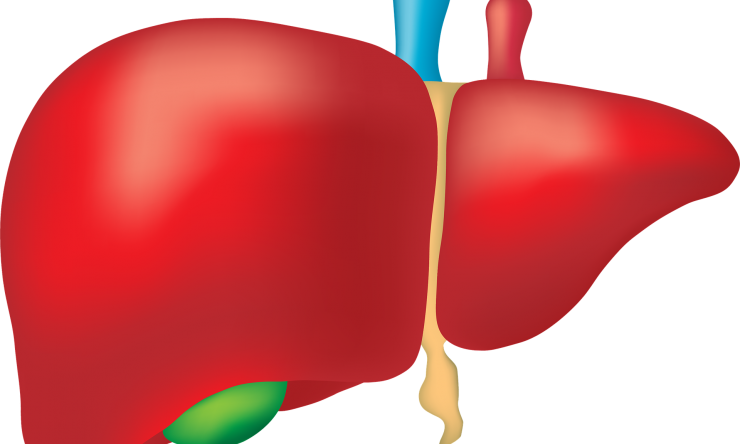New tool to predict outcomes in cirrhosis of the liver
A new tool aims to determine the risk for long-term poor outcomes in patients with cirrhosis of the liver with more ease and accuracy than current methods. Researchers at Baylor College of Medicine, the Michael E. DeBakey Veteran’s Affairs Medical Center and the Center for Innovations in Quality, Effectiveness and Safety (IQuESt) developed a model using a blend of artificial intelligence and traditional statistical methods to produce a score better predicting mortality in cirrhosis. The results of their study are published in JAMA Network Open.
Cirrhosis of the liver is a condition where liver tissue is replaced with scar tissue and can be caused by a variety of reasons, including hepatitis C, chronic alcoholism and fatty liver disease. Currently, physicians lack the tools needed to predict long-term outcomes with accuracy.
“When we see patients in the clinic we want to guide them about their long-term outcomes. We wanted to create a tool using machine learning and artificial intelligence to improve the accuracy of prognosis, while maintaining ease of use in the clinic,” said Dr. Fasiha Kanwal, corresponding author of the study and professor of medicine and section chief of gastroenterology at Baylor.
Researchers collected information from patients at 130 hospitals and clinics in the national Veterans Administration healthcare system. They used data on demographics, comorbidities, underlying risk factors and severity of liver disease, combined with comprehensive laboratory tests and medication data to create three different statistical models to predict risk of mortality. The models used machine-learning algorithms with varying degrees of complexity to create a predictive score.
Kanwal and her team found that a model based on clinical variables identified from a simple machine learning model called Cirrhosis Mortality Model (CiMM) performed with the best balance of prognosis accuracy and clinical feasibility. The research team used the CiMM to create a predictive score for cirrhosis mortality risk. In a side-by-side comparison, the CiMM score was more predictive than the current most widely used prognostic model, the Model for End Stage Liver Disease with sodium (MELD-Na).
“Machine learning and artificial intelligence is important. It did help us find the right risk factors to use, but we didn’t need to use very complex models to get there. We were able to create the CiMM score that will work easier in the clinic and is more predictive of mortality than the existing method,” said Kanwal.
Currently, Baylor researchers are working to develop a website so physicians across the country can use the tool online in a clinical setting. Kanwal also believes the CiMM approach could be used to assess risk in other areas like heart failure and lung disease.
“This tool could make a big difference in providing patient-centered care. The CiMM score could be reassessed every time a patient comes into the clinic,” Kanwal said. “Previously, we were unable to predict anything long term. But the CiMM score could give us an idea of how to manage disease for one, two and three years out.”
Kanwal is an investigator at the Center for Innovations in Quality, Effectiveness and Safety (IQuESt) at the VA and a member of the Dan L Duncan Comprehensive Cancer Center at Baylor.
This work is supported by Investigator Initiated Research Award Number I01 HX002204-01 from the United States (U.S.) Department of Veterans Affairs Health Services Research & Development Service of the VA Office of Research and Development. The work is also supported in part by the Veterans Administration Center for Innovations in Quality, Effectiveness and Safety (CIN 13-413), Michael E. DeBakey VA Medical Center, Houston, Texas.










